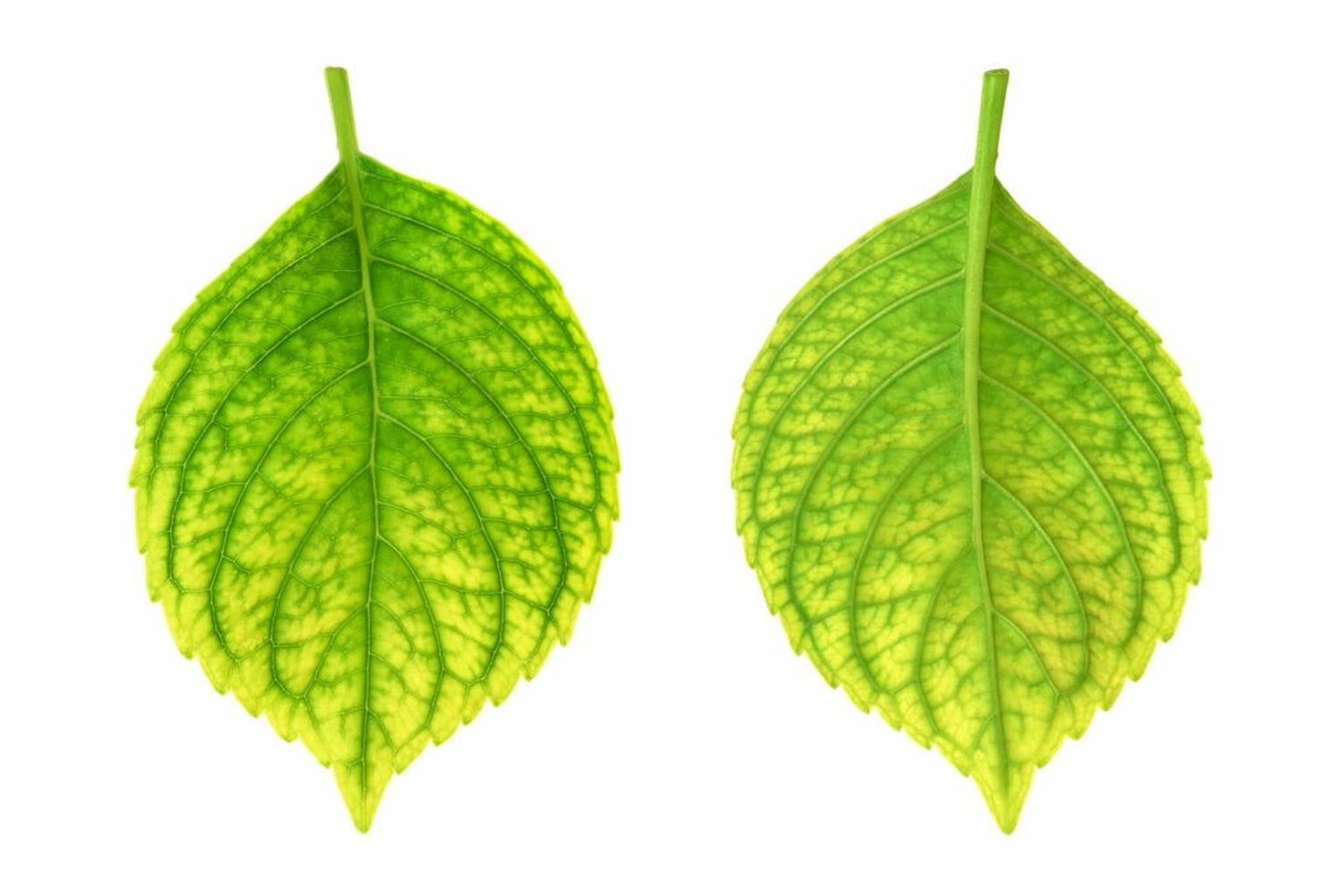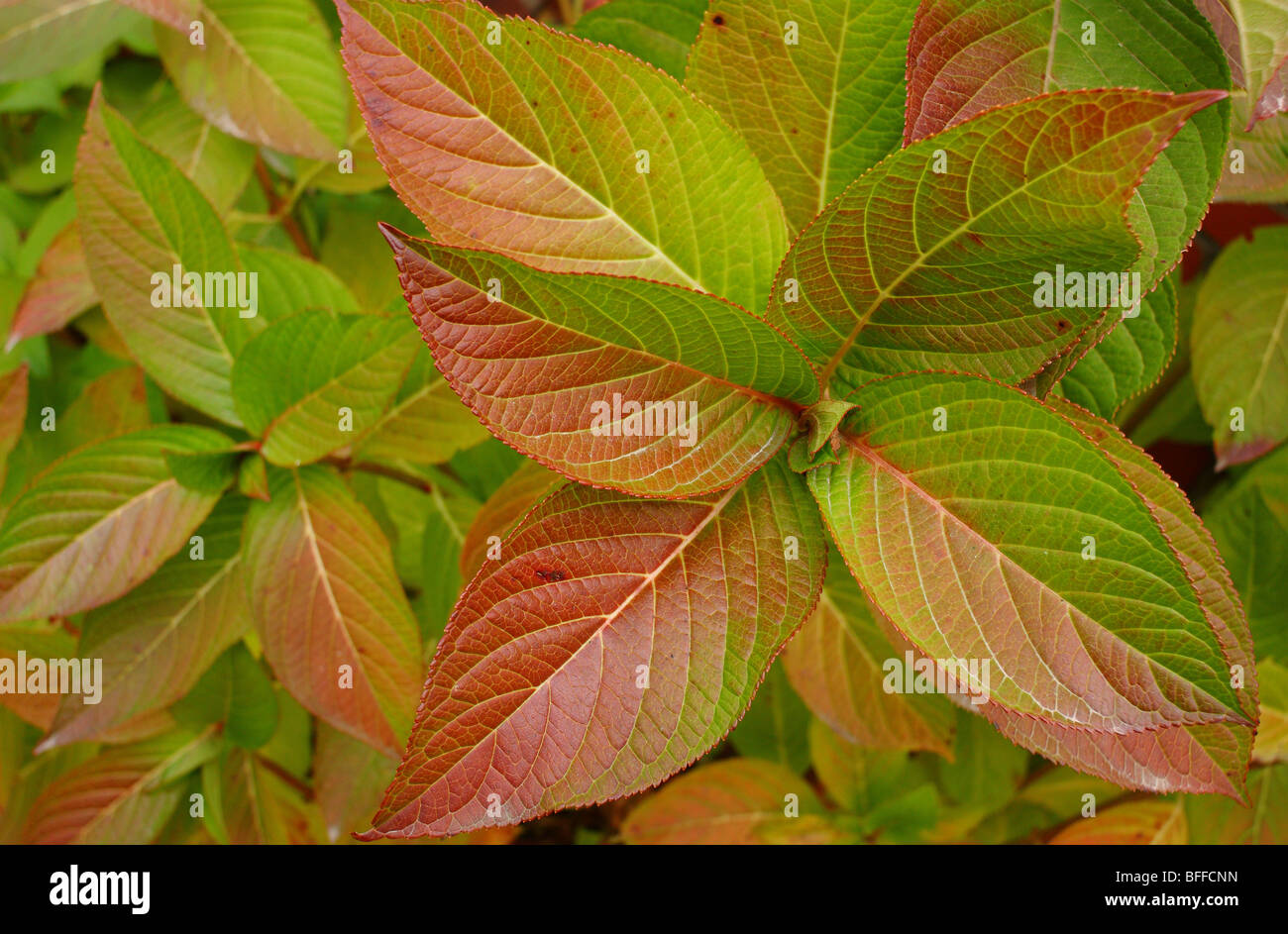The Only Guide for Hydrangea Leaves Turning Yellow
Wiki Article
How Hydrangea Leaves Turning Yellow can Save You Time, Stress, and Money.
Table of ContentsThe 5-Minute Rule for Hydrangea Leaves Turning YellowSee This Report on Hydrangea Leaves Turning YellowThe 9-Minute Rule for Hydrangea Leaves Turning YellowAn Unbiased View of Hydrangea Leaves Turning Yellow
Hydrangea plants are recognized for their lovely blooms, yet occasionally their fallen leaves can turn yellow. This is generally a sign that something is incorrect and the plant needs your help. There are numerous possible reasons for yellow leaves on Hydrangeas, and the good news is the majority of them are very easy to fix. Here we'll cover the most common sources of Hydrangea leaves turning yellow and exactly how to repair them.Hydrangea leaves transforming yellow can be a reason for worry. Hydrangea leaves commonly turn yellow when the plant is overwatered.
When the roots of a plant are submerged in water for long periods, they start to suffocate and rot. This procedure cuts off the origins' oxygen supply, triggering the leaves to turn yellow and at some point pass away. Overwatering can additionally cause various other troubles such as leaf drop, root damage, and fungal growth.
If you assume your Hydrangea is overwatered, the ideal solution is to allow the dirt dry totally prior to sprinkling once more. It's additionally a great idea to check the drain of your pot or garden bed and ensure that water is not merging around the plant's roots. Hydrangea plants need well-drained dirt to grow.
Hydrangea Leaves Turning Yellow Things To Know Before You Get This
Hydrangea leaves can likewise transform yellow if the plant is not getting adequate water. This happens when the plant does not receive enough water, and the dirt begins to dry out.
This is recognized as "fertilizer melt," It happens when the plant's roots are exposed to as well much plant food. Various other indications of plant food shed include brown or yellow fallen leaves, wilting, and stunted development.
This will certainly aid get rid of any type of excess plant food from the roots of the plant. It's also an excellent concept to reduce the amount of fertilizer you are making use of.
The 10-Minute Rule for Hydrangea Leaves Turning Yellow

If your Hydrangea is plagued with insects, treating the plant with neem or horticultural oil is the ideal option. It's likewise excellent to eliminate any afflicted fallen leaves from the plant (Hydrangea Leaves Turning Yellow).
Hydrangea leaves can likewise turn yellow if the temperature level stresses the plant. The fallen leaves of the plant will certainly transform yellow and begin to drop off.
If the temperature stresses your Hydrangea, you require to relocate the plant to a location where it will be protected from the extreme cool or heat. You can likewise try to supply the plant with some partial shade if subjected to route sunshine. You can additionally attempt including compost around the plant base to have a peek at this site assist control the temperature level.
8 Simple Techniques For Hydrangea Leaves Turning Yellow
The fallen leaves can likewise transform yellow if the Hydrangea plant has origin rot. This is usually brought on by overwatering or inadequate drainage. When the plant's roots are submerged in water for too long, they start to rot. One of the most usual origin rot signs and symptoms is yellowing fallen leaves, as the fungi prevents the roots from soaking More Info up nutrients from the soil.Other signs of origin rot consist of stunted development, wilting, and leaf decrease. Check the origins of your Hydrangea if it has root rot. If they are black or brownish, after that they are most likely rotten. If some healthy and balanced origins are left, you can try to save the plant by replanting it in a new pot with fresh soil.
If your Hydrangea is greatly affected by origin rot, starting with a brand-new plant is best. As Hydrangeas age, their fallen leaves will slowly transform yellow and brown before dropping off the plant.
You can help the original site plant by guaranteeing it is getting enough water and nutrients. One opportunity is that the plant is not obtaining sufficient water.
Report this wiki page